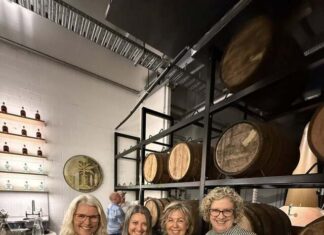By JONATHON HOWARD
* Council identifies an appropriate topic and the level of authority it wishes to give to the jury.
* An independent body (e.g., a university) would co-ordinate the project and issue 3000 invitations at random within the community, inviting participation.
* From positive responses, a random electronic draw is conducted with stratification applied to ensure demographic match to census profile by age bracket, gender, suburb and ratepayer status. Surrogate indicators are used to ensure spread of income and educational background.
* A panel of 24 citizens is then selected at random to form the community jury (some reserves are also selected).
* Participants are asked to commit to meet once per month for a period of no more than one year (most likely about six months).
* Those that agree to participate are sent a comprehensive schedule, including confidentiality items and an explanatory kit. The pre-reading is required prior to final acceptance so that participants understand what the commitment entails before the panel is finalised.
* The jury will obtain information and expert advice on the issue they have been assigned from two sources, the council and the community. The process is effectively complemented by traditional engagement techniques (such as surveys, on line platforms, forums, interviews and existing advisory committees). There is opportunity for other community groups, organisations or individuals to submit their view and provide input.
* Upon considering all the information the jury determines its position on the issue they have been assigned to resolve.






